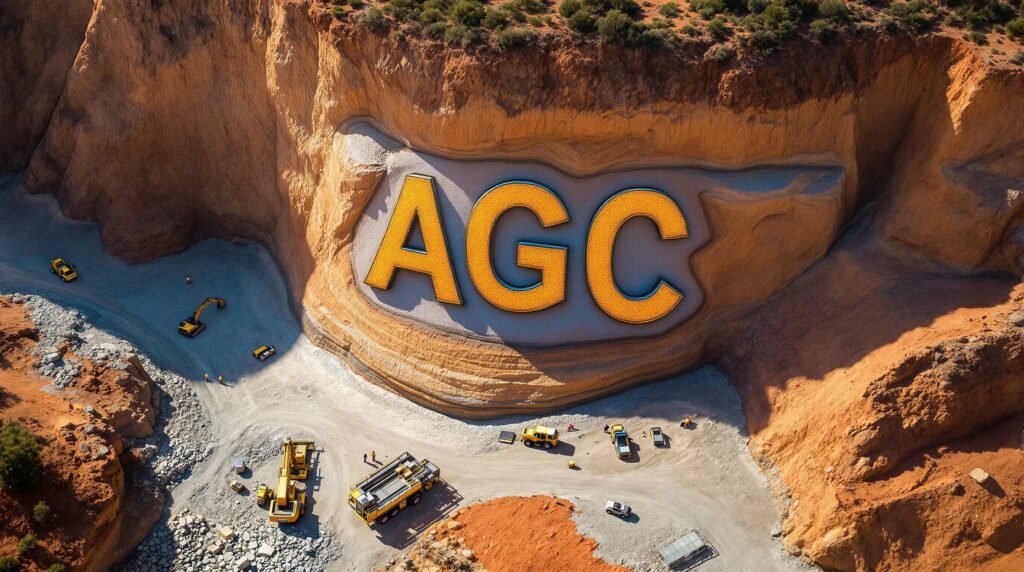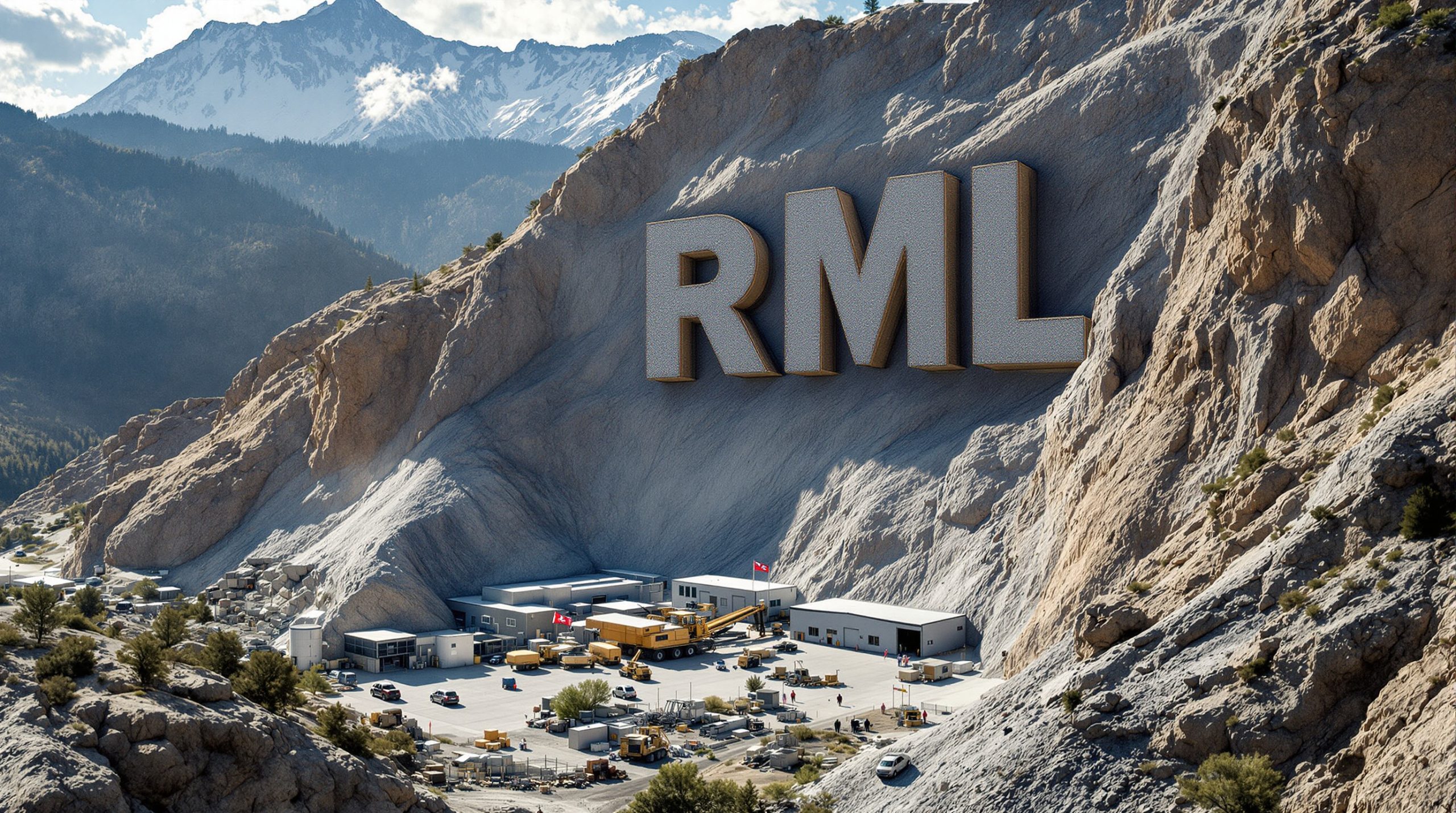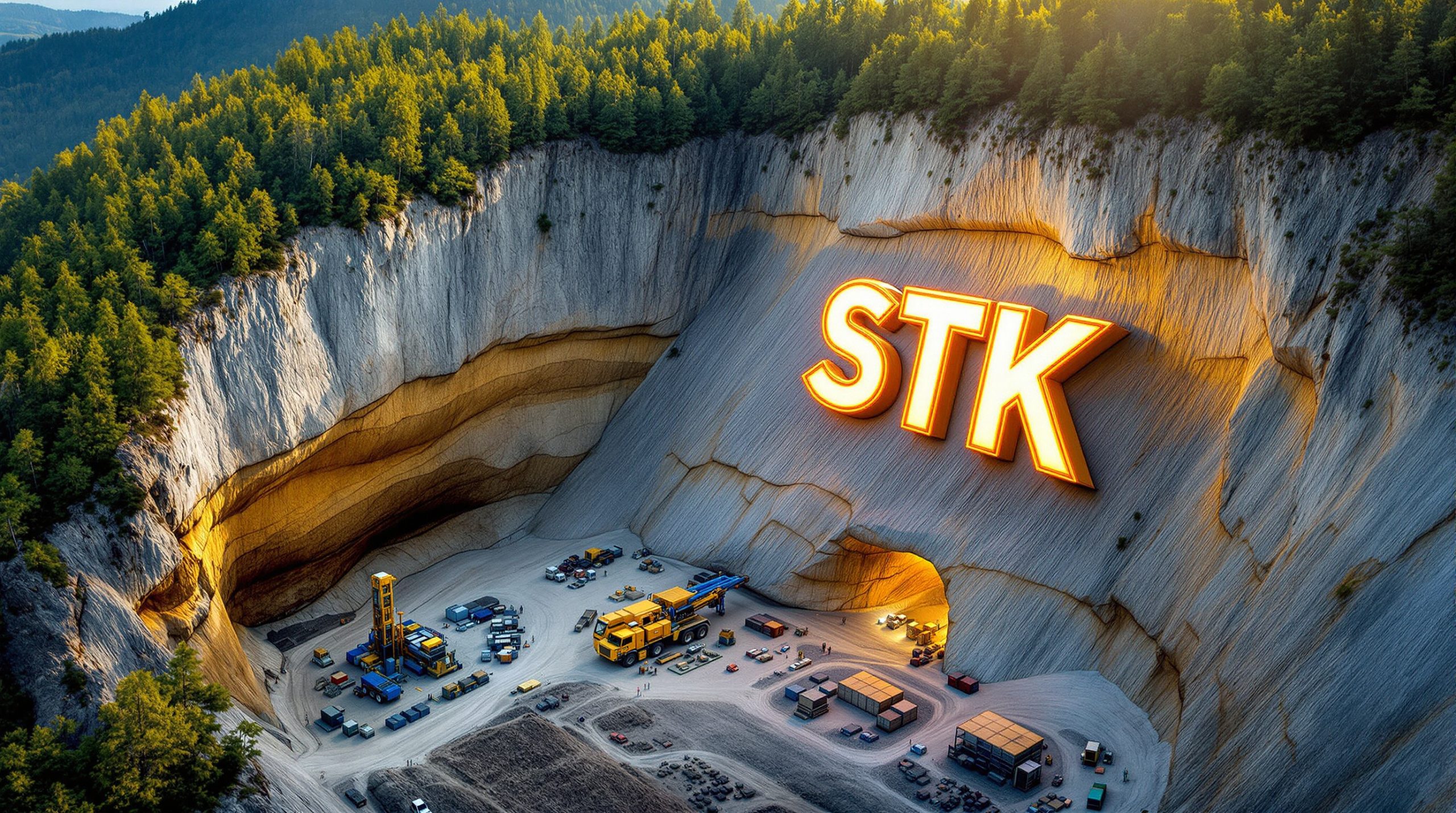Achilles Discovery Continues to Expand: AGC Reports Strong Silver-Gold Results in Southern Zone
Australian Gold and Copper Ltd (ASX: AGC) has announced impressive results from its latest drilling program at the Achilles deposit, confirming high-grade silver-gold mineralisation extending to the southern portion of the discovery area. With diamond drilling now underway, AGC continues to build momentum at its South Cobar Project in New South Wales.
Thick Zones of Silver-Gold Mineralisation Highlight Southern Expansion
The latest round of drilling at Achilles has returned robust silver-gold intersections from the first nine reverse circulation (RC) holes of a larger program that includes 18 RC holes (3,247m) and 12 oxide aircore holes (994m).
The most significant results came from two holes at the southern extent of the Achilles deposit:
-
Hole A3RC066:
- 7m at 291g/t AgEq (220g/t Ag, 0.7g/t Au, 0.2% Pb+Zn) from 239m
- Within a broader zone of 38m at 108g/t AgEq (70g/t Ag, 0.4g/t Au, 0.1% Pb+Zn) from 220m to end of hole
-
Hole A3RC067 (drilled 100m north of A3RC066):
- 8m at 238g/t AgEq (122g/t Ag, 1.2g/t Au, 0.2% Pb+Zn) from 249m
- Within 16m at 153g/t AgEq (71g/t Ag, 0.8g/t Au, 0.3% Pb+Zn) from 247m
These results are particularly encouraging as they demonstrate a thickening of mineralisation at depth in the southern extension of Achilles, suggesting the system remains open and robust.
"The Achilles geological model that we have been working on since discovery is proving to be an excellent exploration tool. The best mineralisation is associated with faults intersecting the thinly bedded facies. When we drill above this, we get lower grades, drill below this contact and we are rewarded with higher grade mineralisation," said AGC Managing Director Glen Diemar.
Key Geological Discovery: The Thinly Bedded Facies
A significant development from the drilling program has been the identification of a distinctive "thinly bedded facies" that serves as a critical marker for mineralisation. AGC's technical team now recognises this facies as the most important stratigraphic unit at Achilles because:
- It hosts most of the known mineralisation
- It's easily recognisable across the deposit
- It often doesn't reach the surface, explaining why deeper drilling is yielding better results
The main distinguishing feature of this facies is its fine grain size and thinly bedded nature. It is noticeably more sheared and foliated than the surrounding rock, with widespread disruption of layering and small-scale folding. This distinctive pattern makes it an excellent visual marker for drill targeting.
This geological insight is proving invaluable for exploration. The team has noted that when drilling occurs above this facies, lower grades are encountered, but when drilling penetrates below this contact, higher grade mineralisation is typically found.
Diamond Drilling Now Underway
After a two-week delay due to wet weather, diamond drilling has commenced at Achilles. This phase is critical as it will:
- Test deeper extensions of the mineralised system
- Target zones where the thinly bedded facies hasn't been intercepted in shallower drilling
- Provide detailed structural information for geological modelling
The diamond drill program represents a significant advancement in the exploration approach. Unlike RC drilling, which uses an air-driven technique that pulverises rock into chips, diamond drilling uses a diamond-encrusted tungsten bit to produce intact core samples.
The intact core samples are particularly valuable because they:
- Preserve the original rock textures and structures
- Allow for more precise identification of mineralisation boundaries
- Provide material for metallurgical testing
- Enable accurate measurements of structural features like bedding planes and fault orientations
This detailed information will be crucial for developing a comprehensive 3D model of the Achilles deposit and planning future drilling campaigns.
Understanding Silver Equivalent (AgEq) Values
Silver equivalent (AgEq) values represent the combined value of all metals in a deposit converted to an equivalent amount of silver. For Achilles, AGC calculates this based on recent metallurgical test work showing strong recoveries:
- Silver: 83% recovery
- Gold: 90% recovery
- Zinc: 95% recovery
- Lead: 92% recovery
Using current metal prices (US$31.60/oz for Ag, US$2,700/oz for Au, US$2,850/t for Zn, US$2,000/t for Pb), the formula is:
AgEq(g/t) = Ag(g/t) + 92.6 × Au(g/t) + 32.1 × Zn(%) + 21.8 × Pb(%)
This calculation helps investors understand the total potential value of the mineralisation in silver terms, which is important for a polymetallic deposit like Achilles.
Why Silver Equivalent is Important
Silver equivalent calculations provide several benefits for assessing polymetallic deposits:
-
Simplified reporting: Rather than reporting multiple metal grades separately, AgEq provides a single value that represents the overall economic potential.
-
Comparative analysis: It allows for easier comparison between different zones within the deposit or between different deposits.
-
Economic context: By incorporating metal prices and recovery rates, AgEq provides a more realistic representation of the potential economic value.
-
Investment clarity: For investors without technical mining backgrounds, a single equivalent value is often easier to interpret than multiple separate metal grades.
In the case of Achilles, the high AgEq values (up to 291g/t) highlight the potential economic significance of the deposit, particularly given the strong contribution from both silver and gold.
Future Exploration Potential
Several factors point to significant exploration upside at Achilles:
-
Results pending: Assays remain outstanding for 21 additional holes targeting oxide mineralisation and gaps within the existing deposit.
-
Southern extension: The five shallow RC holes drilled in the southern "Priority Target 1" area returned weakly anomalous mineralisation but are interpreted to have been drilled too shallow, missing the thinly bedded facies. Deeper drilling is planned for this area.
-
VTEM survey results: While not directly detecting mineralisation, the geophysical survey successfully mapped shear zones associated with deeper cover. A highly conductive area immediately east of Achilles, at the intersection of numerous faults, has been identified as a priority target for future testing.
The VTEM (Versatile Time Domain Electromagnetic) survey was particularly effective in mapping the locations of shear zones associated with areas of deeper cover, highlighting weathering responses related to the alteration associated with the shear zone. The survey defined a highly conductive area immediately east of Achilles at the intersection of numerous faults, which has not been tested by drilling and warrants future exploration.
Why This Matters for Investors
AGC's Achilles discovery continues to demonstrate the hallmarks of a significant silver-gold system with:
-
Consistent high-grade zones: Multiple intercepts above 200g/t AgEq demonstrate the robust nature of mineralisation.
-
Growing scale: The deposit continues to expand along strike and at depth.
-
Improving geological understanding: The identification of the thinly bedded facies as a key marker for mineralisation will enhance targeting efficiency.
-
Multiple metals: The polymetallic nature of the deposit (silver, gold, lead, zinc) provides commodity diversification.
-
Strong metallurgy: Recent test work has confirmed robust recoveries across all metals.
With diamond drilling now underway and numerous results still pending, AGC is positioned to continue building on the Achilles discovery while expanding its footprint in the South Cobar region, a proven metals province in New South Wales.
The latest results strengthen the case for Achilles as a potentially significant deposit within AGC's portfolio. The consistent high-grade intercepts, expanding footprint, and improving geological understanding all suggest that Achilles may develop into a substantial silver-gold resource with further exploration.
Ready to Invest in AGC's Silver-Gold Growth Story?
Don't miss the opportunity to be part of Australian Gold and Copper's exciting journey as they continue to expand the high-grade Achilles silver-gold discovery. With consistent strong results, an evolving geological understanding, and diamond drilling now underway, AGC presents a compelling investment case in the resource sector. To stay updated with the latest developments and investor information on this promising ASX-listed company, follow AGC on X today.




